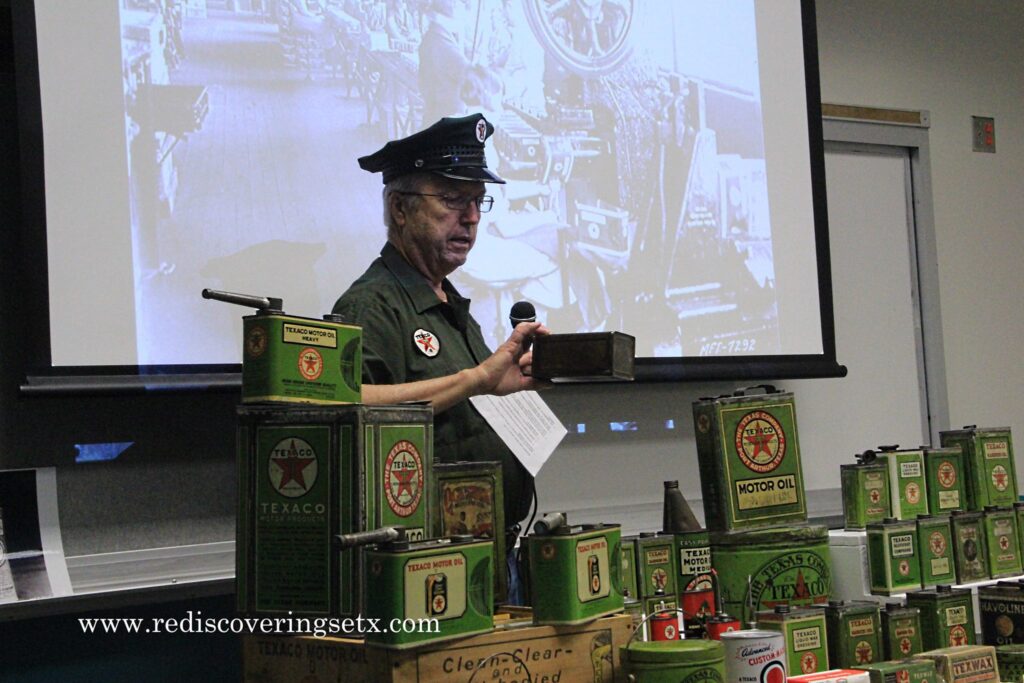
Last week, a couple of people asked me about books written on Texaco, and I immediately thought of Elton Gish. Elton authored Texaco’s Port Arthur Works: A Legacy of Spindletop and Sour Lake. Elton worked for Texaco for decades, and he became interested in its history early when he noticed old photos hanging on the walls of its offices. One day, he asked if he could have an aerial photo of the refinery; eventually, he was given an 8 x 10 photo and was hooked on the company’s history ever since. I have an hour of audio of him speaking at one of the Jefferson County Historical Commission (JCHC)/Certified Local Government meetings in 2016. I’ll get into that briefly, but first I want to go down the Texaco books road.
I forgot the year, but I found another book on Texaco at an estate sale (another shout-out to Heather at Ready, Set, Sale). I found both the paperback and hardback versions. The book was The Texaco Story: The First Fifty Years 1902–1952 by Marquis James. The hardcover version had a letter attached to it, signed by the chairman of the board and the president of the Texas Company. I don’t translate scribble, and the names are not significant to me, so I will skip the who’s who of Texaco’s grand pooh-bahs. However, I do believe that the letter was important to both the receiver and the company at the time.
Both books have some great photos from long ago, and I will also throw in an awesome box set of postcards I have from 2001 from the Texaco Inc. historical collection (again, Heather rocks!). I could, and did, spend hours looking at these photos and postcards.
The Elton Gish audio file from 2016 brought back many memories. I had forgotten about his journey at Texaco, and the other speakers at the meeting were also fabulous. Sarah Bellian, a JCHC member and the then curator at the Museum of the Gulf Coast, definitely added some color to the history at the meeting. Sarah is currently the curator at the Pacific Fleet Submarine Museum in Honolulu, Hawaii (more on this later). Elton’s presentation at the meeting in question was nothing less than superb. He brought many Texaco product containers, cans, and boxes from throughout the company’s history. He even donned a Texaco uniform and hat! My only regret is that I didn’t make a video of the meeting because he had a PowerPoint presentation with his talk. I do have a few photos of it, which I will post.
I ran into a good friend at H-E-B this week. I won’t go all in—like Toodlum, a.k.a. Martha Ferguson, did in the ’90s about Adam Troy Rodriguez—but I will state that there is no one else I will stand next to in the cheese section in front of the meat aisle for over 30 minutes talking about Port Arthur history. The fajita potato at his restaurant, Mi Ranchito in Groves, Texas, was all I needed back then. (Pie Face’s jambalaya was also pretty good at the time.) I got to know his family, and I loved all of them. So, I guess I’m having a Toodlum moment. It may be controversial, but I will go ahead and say that Troy’s dirty rice is the best. I don’t care what your grandmother cooks (unless her name was Mrs. Domec and she made crab cakes when I was five years old—heaven!).
Last week, I asked if anyone would be interested in volunteering for a cleanup project. Thanks to those who responded. This project is in the works, so it may take some time to dot the i’s and cross the t’s, but I will keep you informed. When the ball gets rolling, we will do a piece on it here.
I have a few audio files from the past that I want to revisit next week. One includes my uncle. I did an oral history about when he lived in Beauxart Gardens in the ’30s. I also want to listen to my friend Millie’s oral history of when she lived in Port Arthur during World War II. I have many things to do, but not the time to do them, but I’ll try.
I mentioned earlier that Sarah is now in Hawaii, at the Pacific Fleet Submarine Museum. In April of 2020, while everyone was locked down and masked up, I received a message and two photos of a letter printed with the letterhead of the Twentieth Century-Fox Film Corporation. The second page contained a plethora of events that happened during the attack on Pearl Harbor on December 7, 1941. I will say that Sarah knew of my excessive interest in the movie Tora! Tora! Tora!, and that day she threw this old mediocre dog the most significant bone from his childhood. Courtesy of the Pacific Fleet Submarine Museum at Pearl Harbor (USS Bowfin)! Everyone knows I’m obsessed with this movie and World War II history. To have a crumb of insight into what was going on at the time and the film’s preparations was gold for me. There will be a day that I will go all Yukari Akiyama 秋山 優花里 in on a blog about this movie, along with the original Midway. Heck, Les Nessman (Richard Sanders) was in it before he made history by reporting on the infamous turkey drop on WKRP in Cincinnati. I will do a whole blog on this stuff and publish it as a Sunday Extra Edition, and no one will read it because it doesn’t mention Beaumont or Port Arthur, but I will not care because it’s Tora! Tora! Tora!.
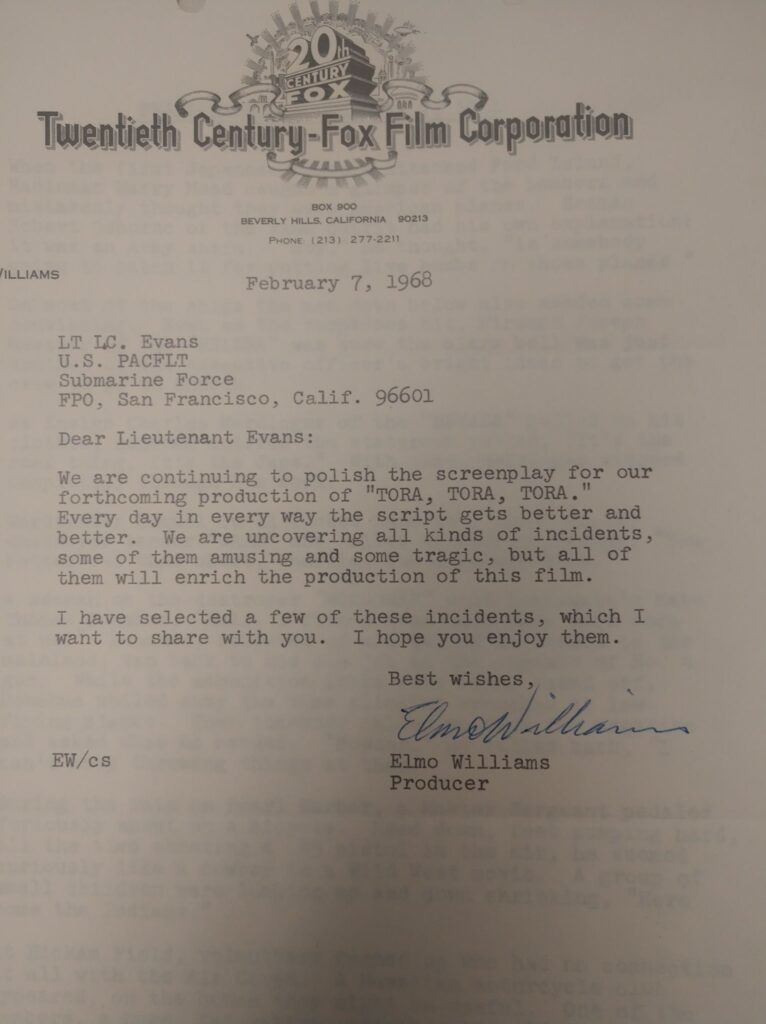
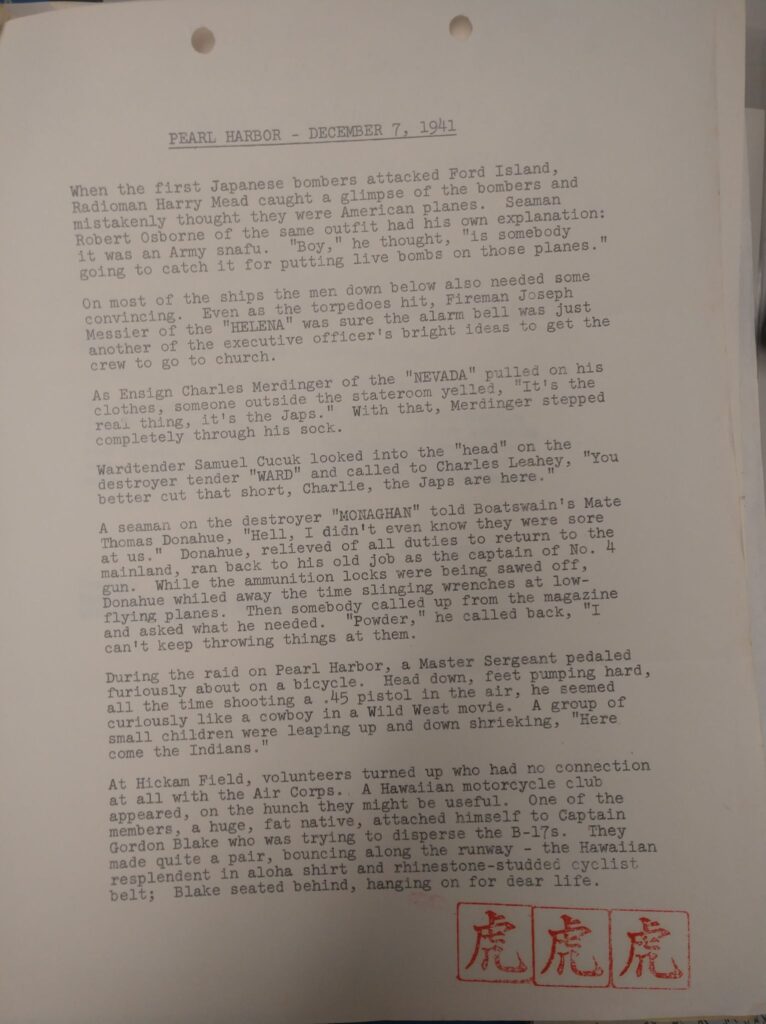
Eighty-six years ago tonight, SETX lost a friend—Florence Stratton died at Touro Infirmary in New Orleans. I’ll post the tribute to her at 6:30 this evening, but I did want to get into a few things first. I’ve been doing this blog since May 2012. Along the way, I’ve learned many things and researched many people, but Florence is the one person I’ve continuously investigated. I’ve spent an enormous amount of time and money trying to bring her story to light. Yes, there are articles written about her, and their authors did a good job with what information they had at the time. In my work, I wanted to uncover her story, which is hard to find because she was always in the background. Despite all the Susie Spindletop Weekly Letters, she offered little insight into her life. The letters mostly promoted her friends and readers, as she knew people would be interested in them. This is why there were 200 people inside her small house at 1929 McFaddin Avenue for her funeral. It is also why the funeral procession to Magnolia Cemetery was a mile long.
Thirteen years of digging into her family’s and friends’ history has been a treat, and I will continue to dig. I’ve noticed that more people, especially women, are becoming interested in her story, and I’m glad to see this because she was there in 1918, in the background, doing her part to try to get women the right to vote. They succeeded, but to my knowledge, she never wrote about her role in this struggle in her weekly letters. (Her weekly letters began on February 28, 1926, so eight years later, but it was still a special achievement.) I just hope that I have allies so that when I’m gone, someone will continue digging into the life of Florence Stratton (a.k.a. Susie Spindletop). And I think I do. I hope I’ve given them a good starting point. Florence Vor! Full speed ahead!
Until next week, I hope we can put the life preservers away while driving to H-E-B. I’m about ready for a hot drought.

Farewell To A Valued Friend:
THE DEATH of Miss Florence Stratton brings genuine sorrow to a numerous company. It is with a feeling of the greatest personal loss that those of us who had been closely associated with her through the years in newspaper work mourn her passing. And all of us who knew her well feel quite certain that when she entered that corridor of eternal darkness she did so unafraid, her head held high and her spirit uncowed.
First as a public school teacher and then as a newspaper woman, her whole life from youth to death was busy and useful. She loved her work, found no diversion that equaled it in pleasure and satisfaction,and to it devoted her talents and energy to the full. On her last assignment when she suffered a slight stroke she stood by her guns until her chore was completed, then left the office never to return. Into her work she put the sympathy and sentiment that marked her character. She was always a womanly woman, concerned primarily with the interests of women, and always a gentlewoman in the broad and best sense of the word. In the course of her long and honorable service she made and kept innumerable friends, by all of whom she will be tenderly remembered, and the still larger circle who knew her through her work will not soon forget…
Bill Beaumont
Beaumont Journal January 29, 1938
Elton Gish—Texaco History:
https://www.texacohistory.com/
Martha ‘Toodlums’ Ferguson:
U.S.S. Bowfin; https://www.bowfin.org
Tora! Tora! Tora! The Movie:
https://www.imdb.com/title/tt0066473/
Tribute to Florence Stratton:

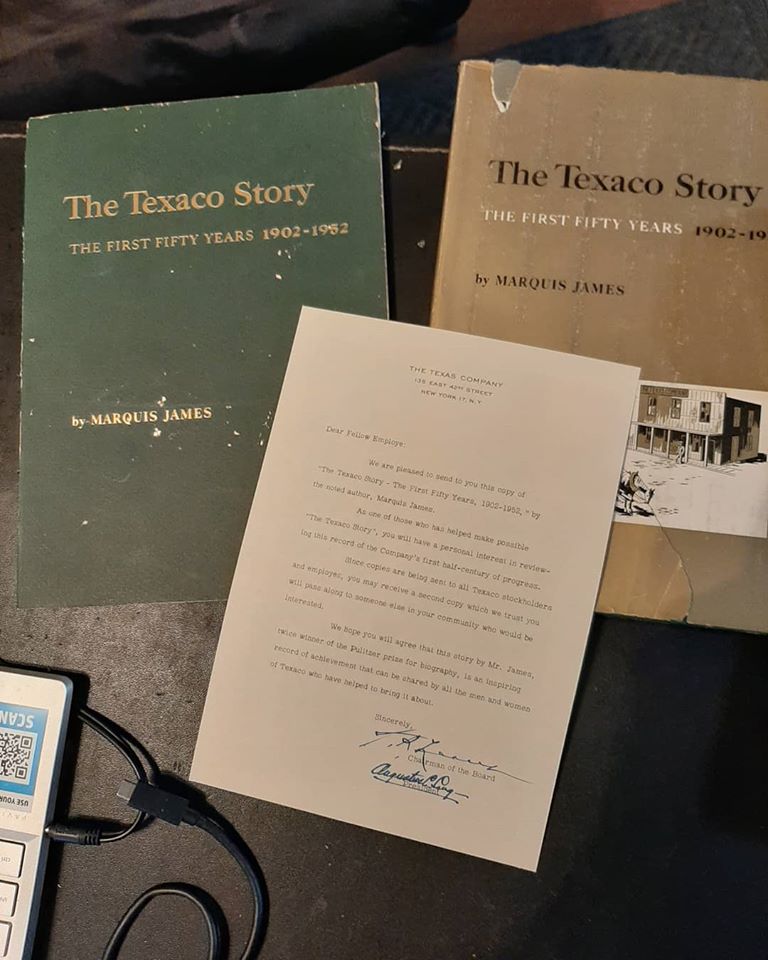
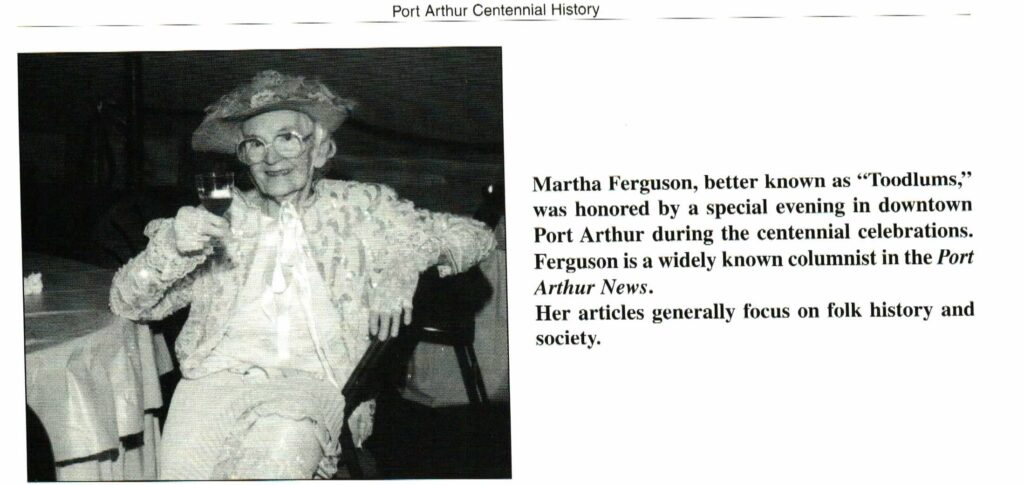
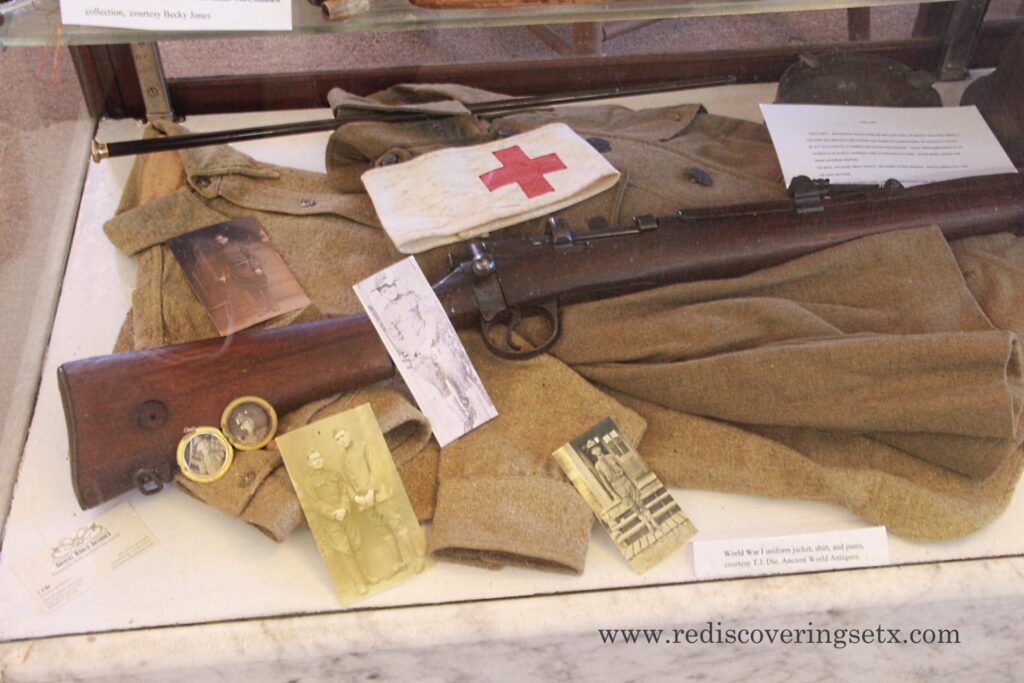
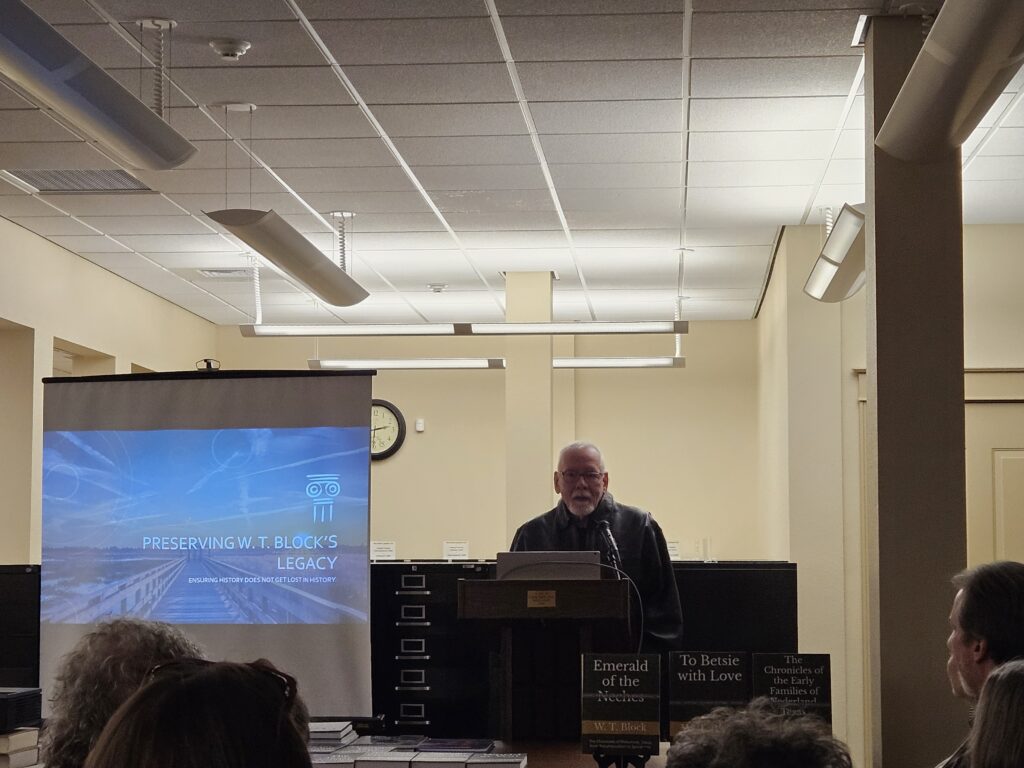

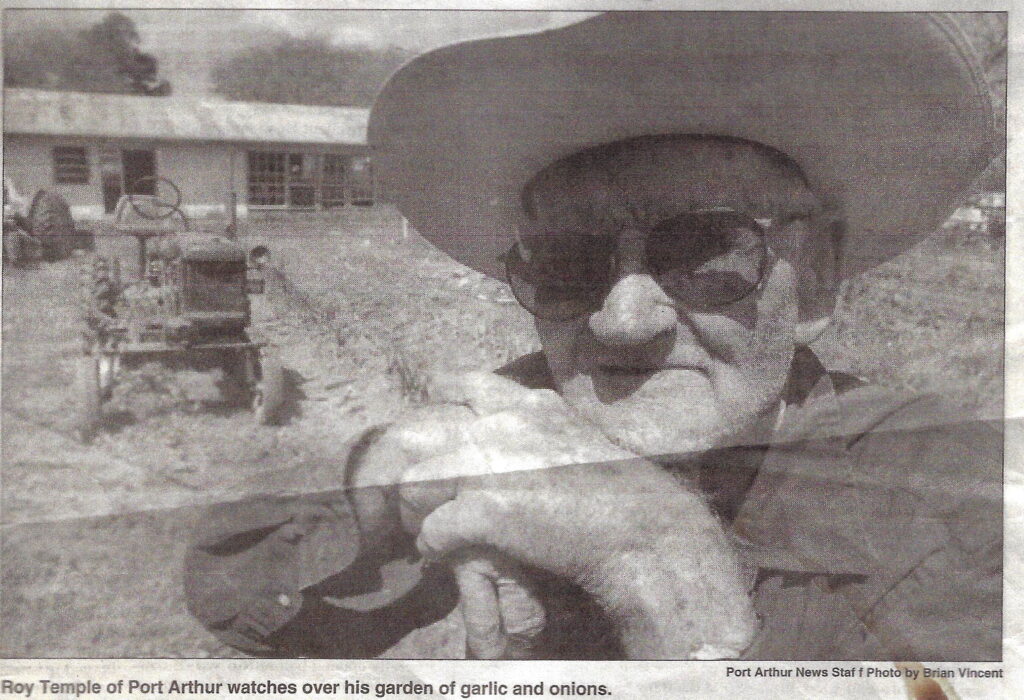

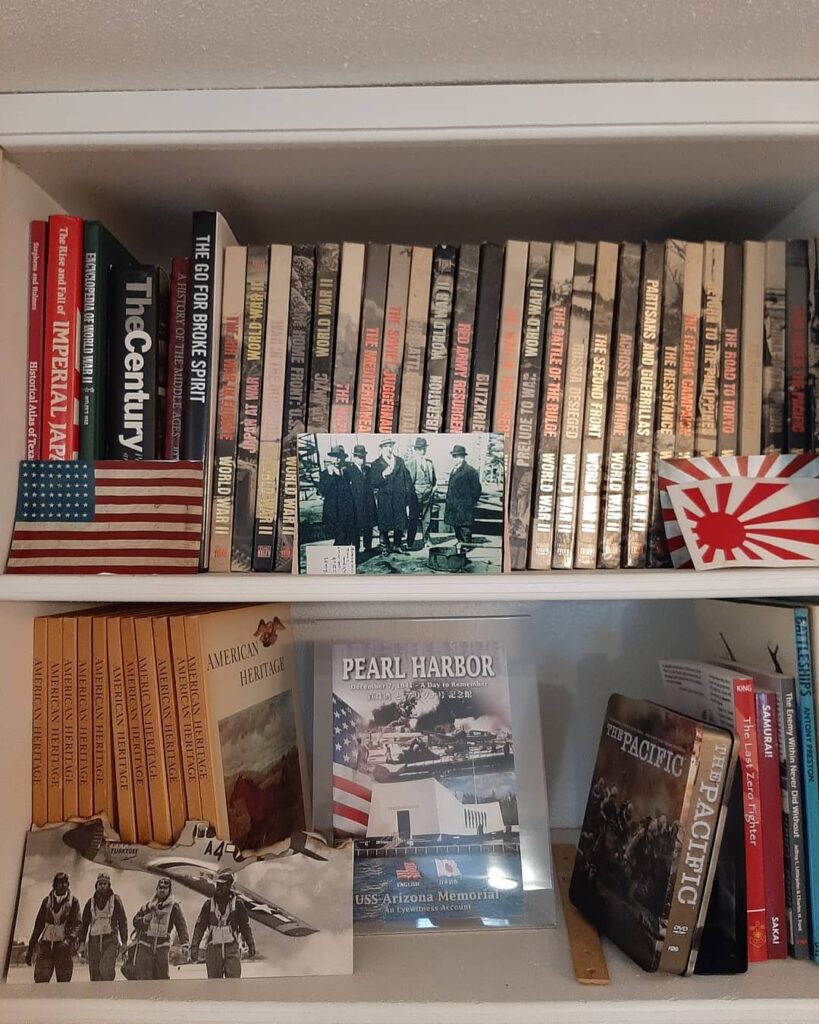
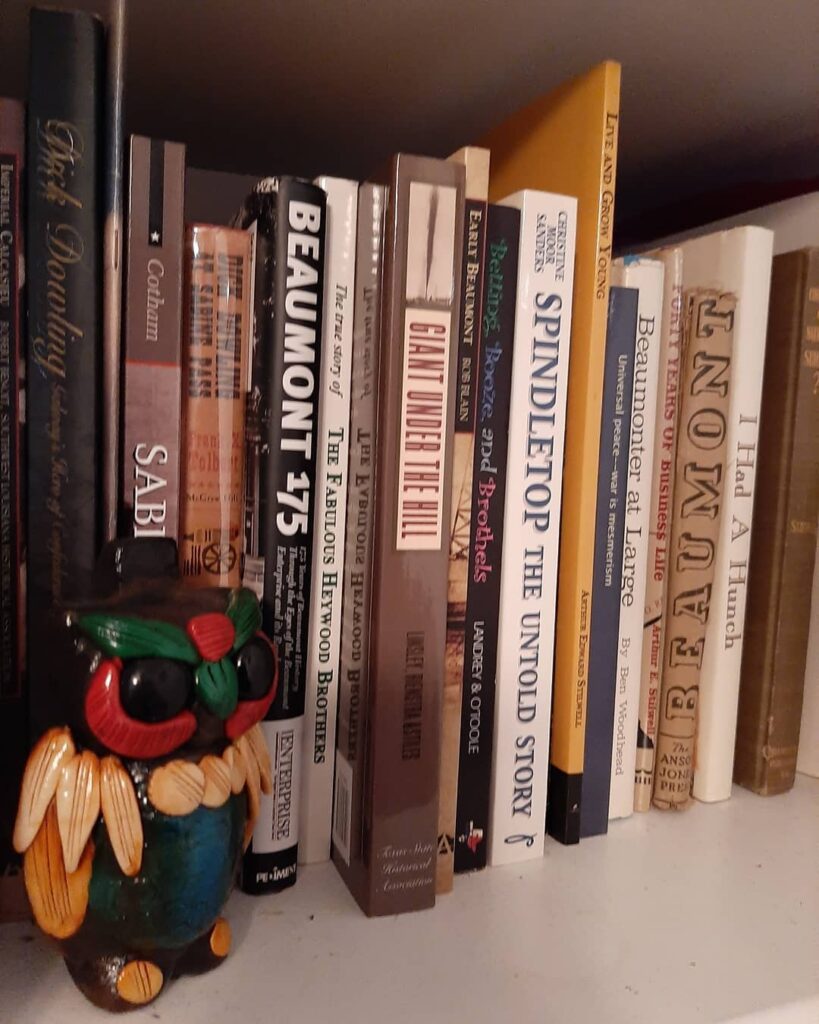
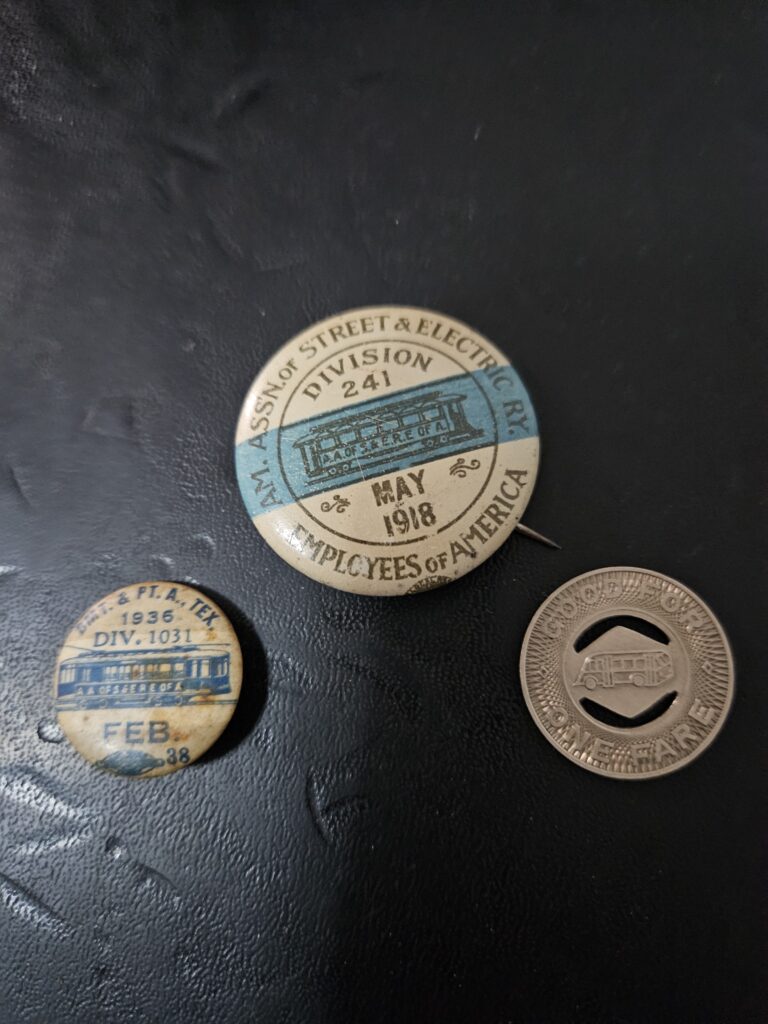
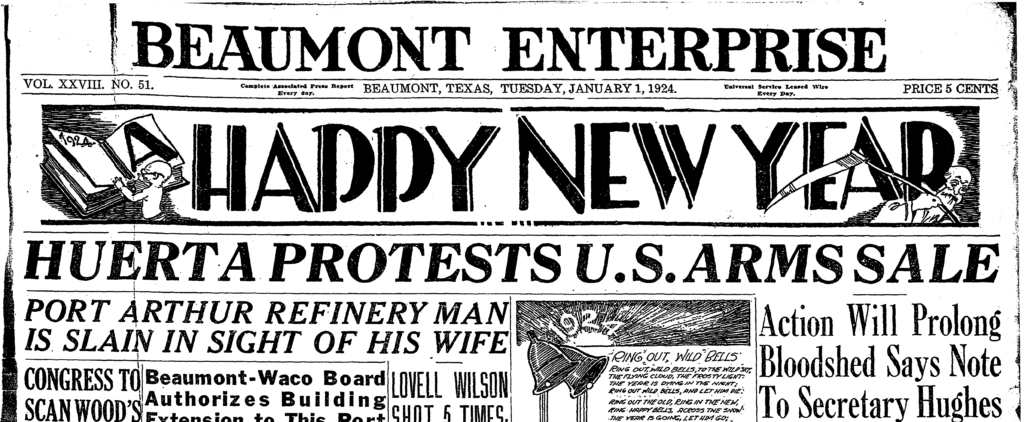

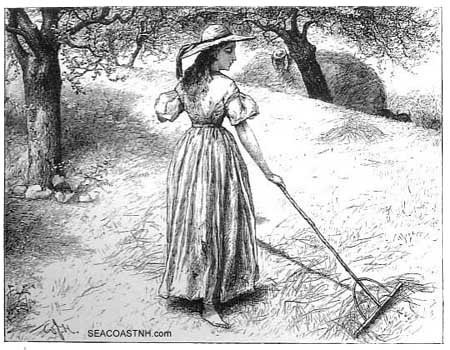
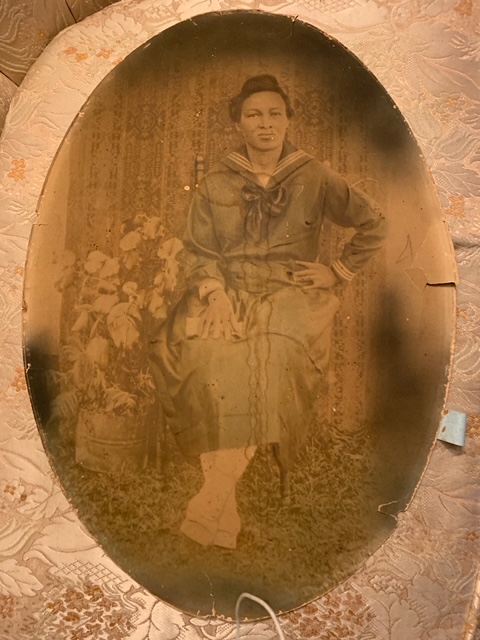
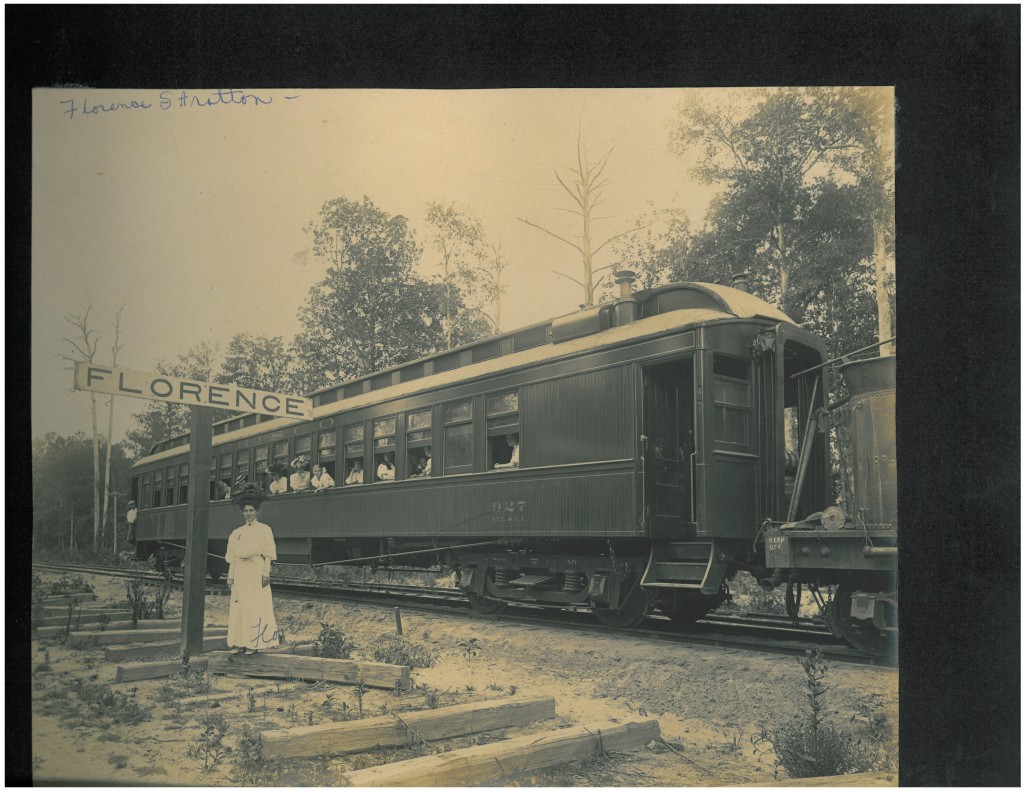

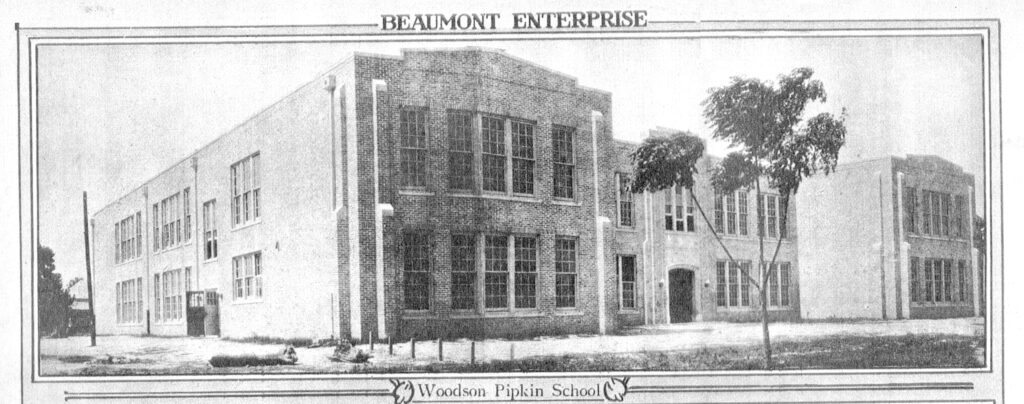
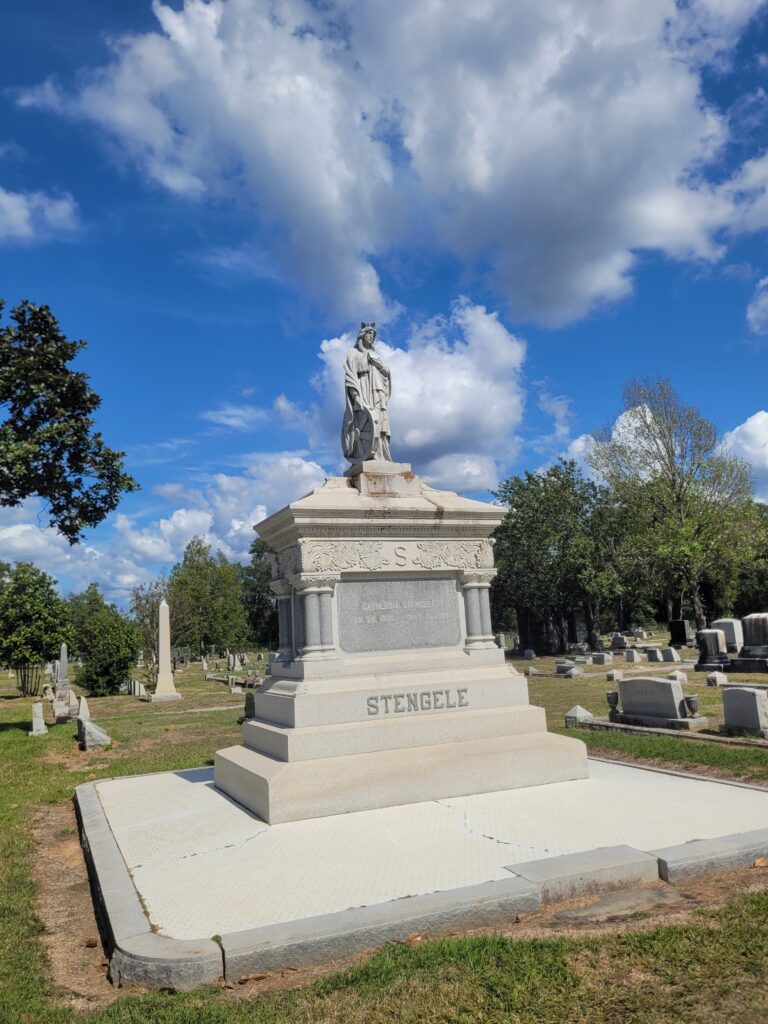
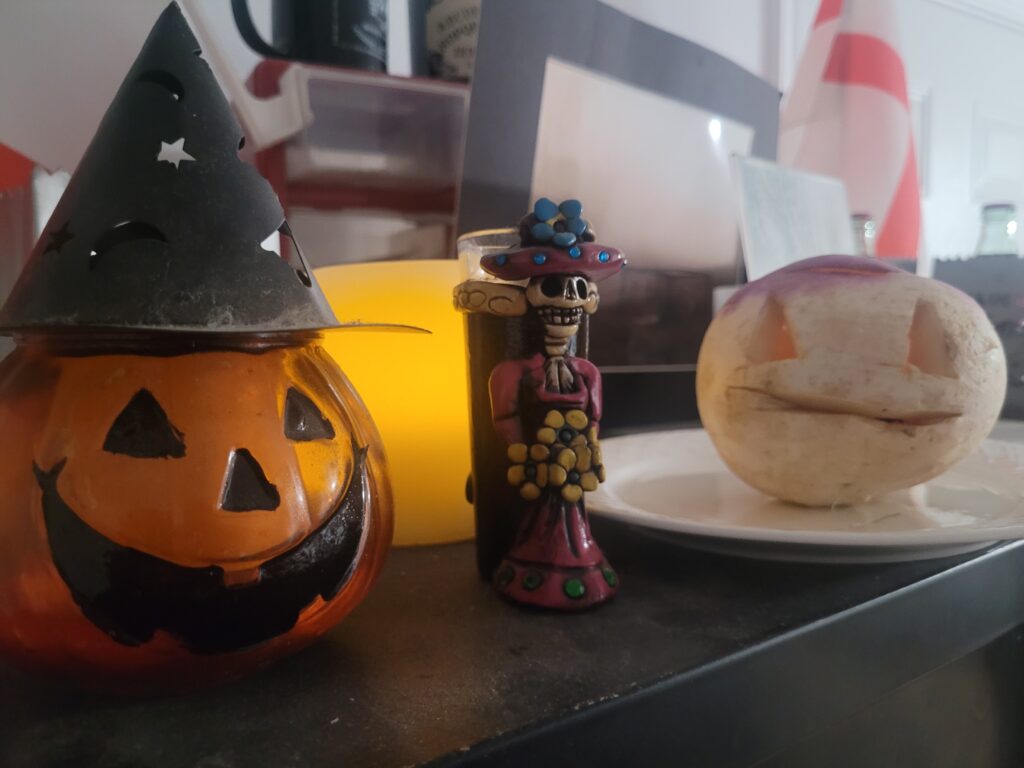
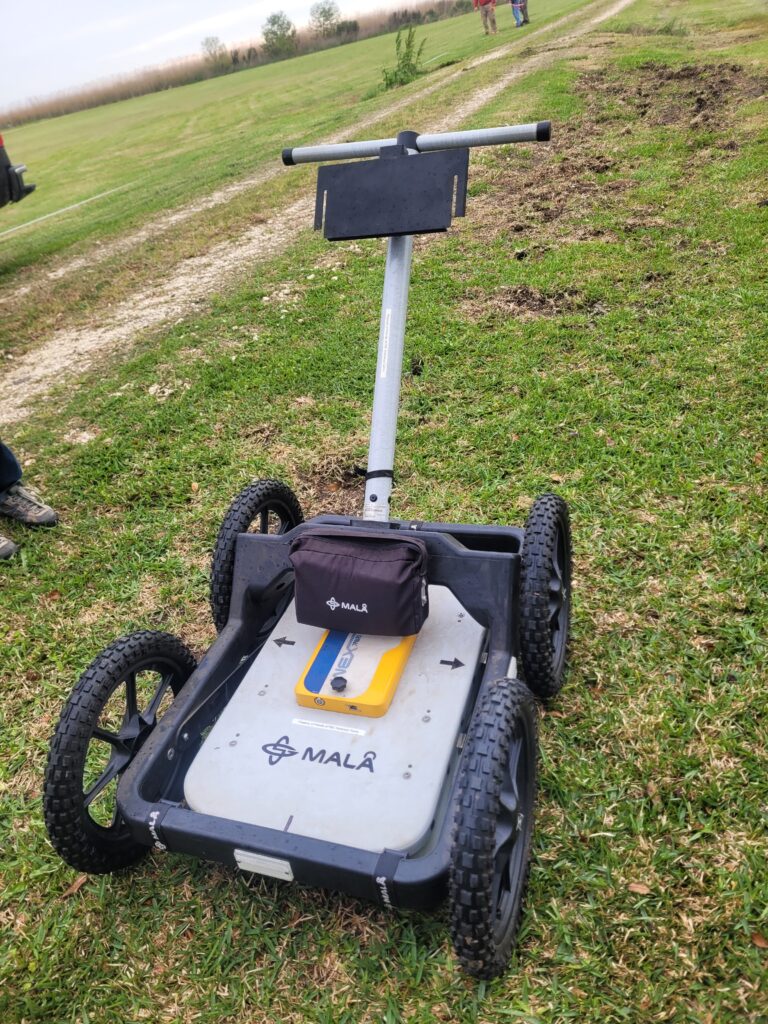

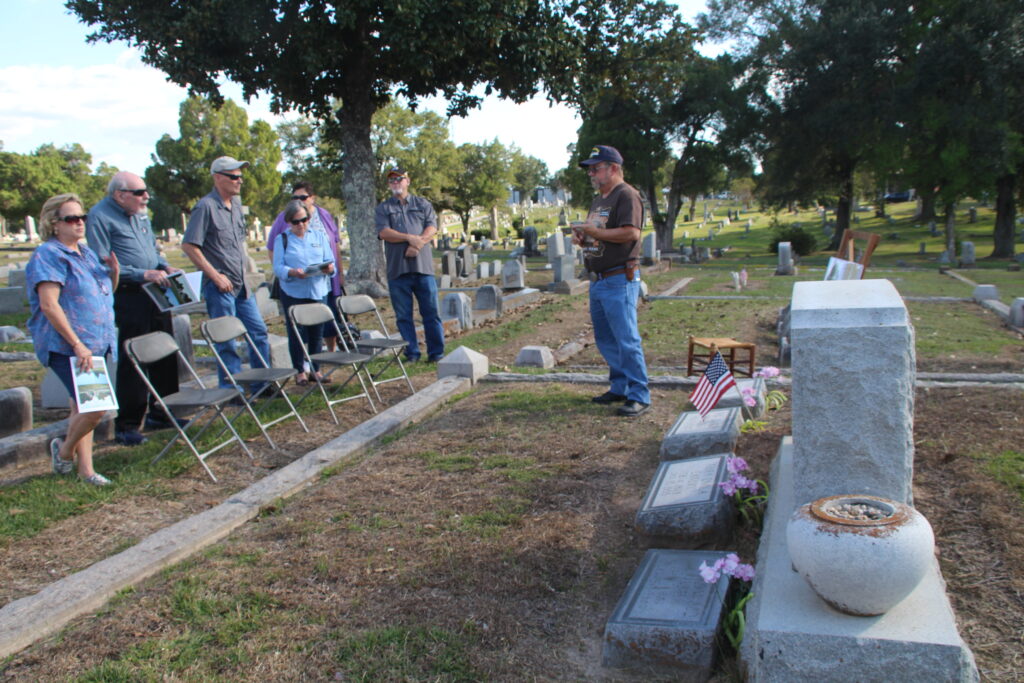
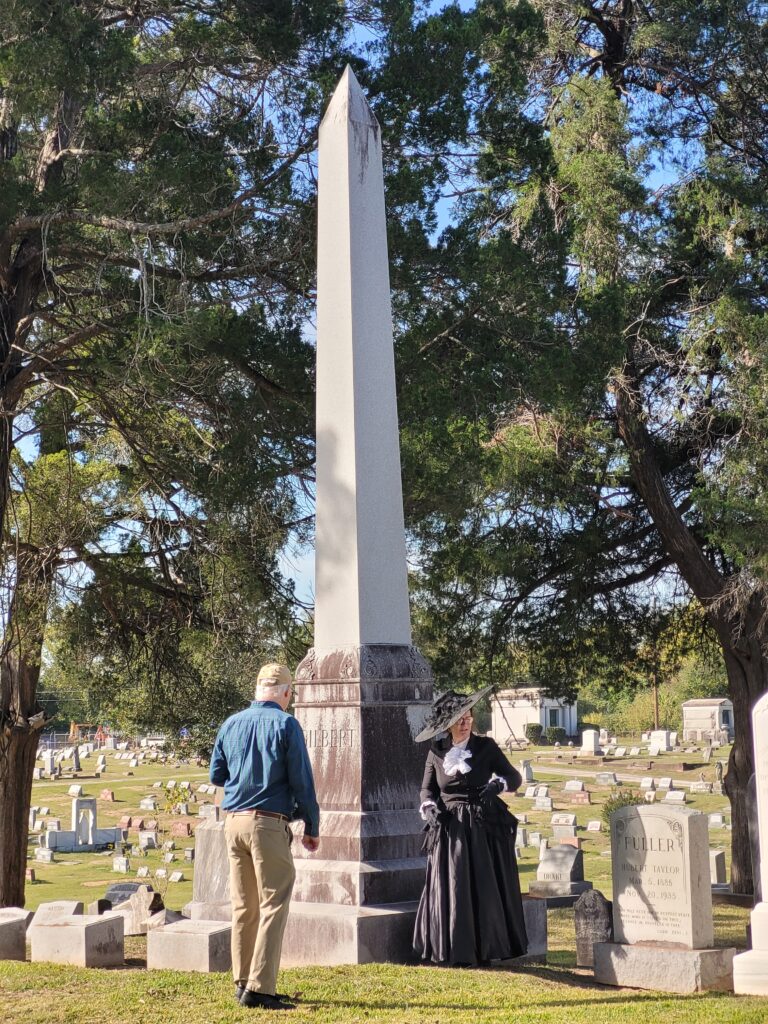
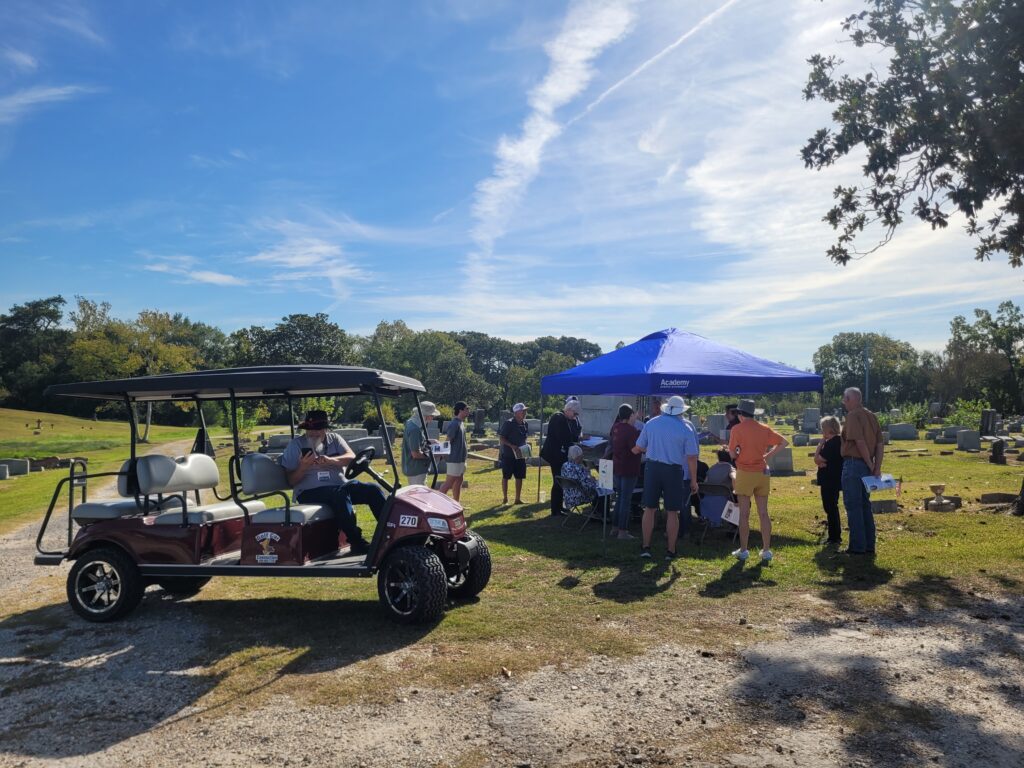
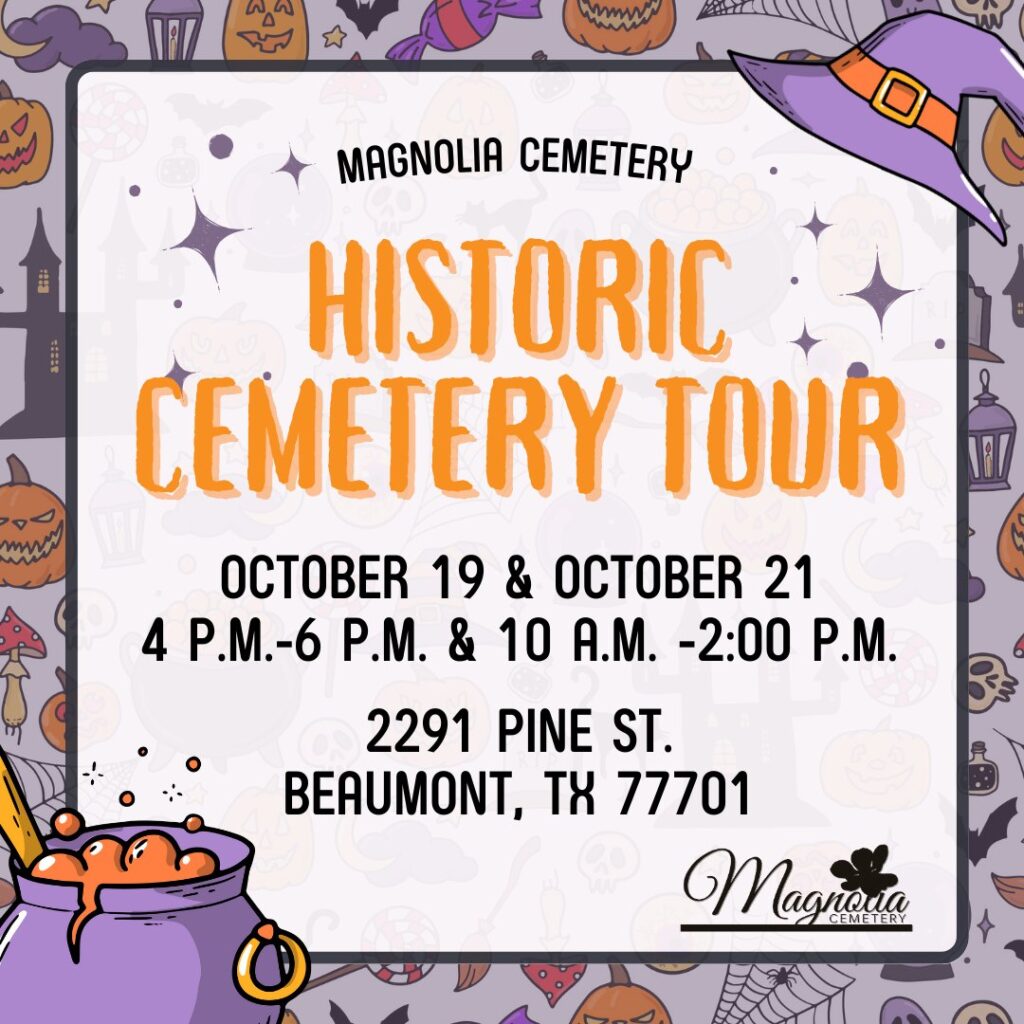
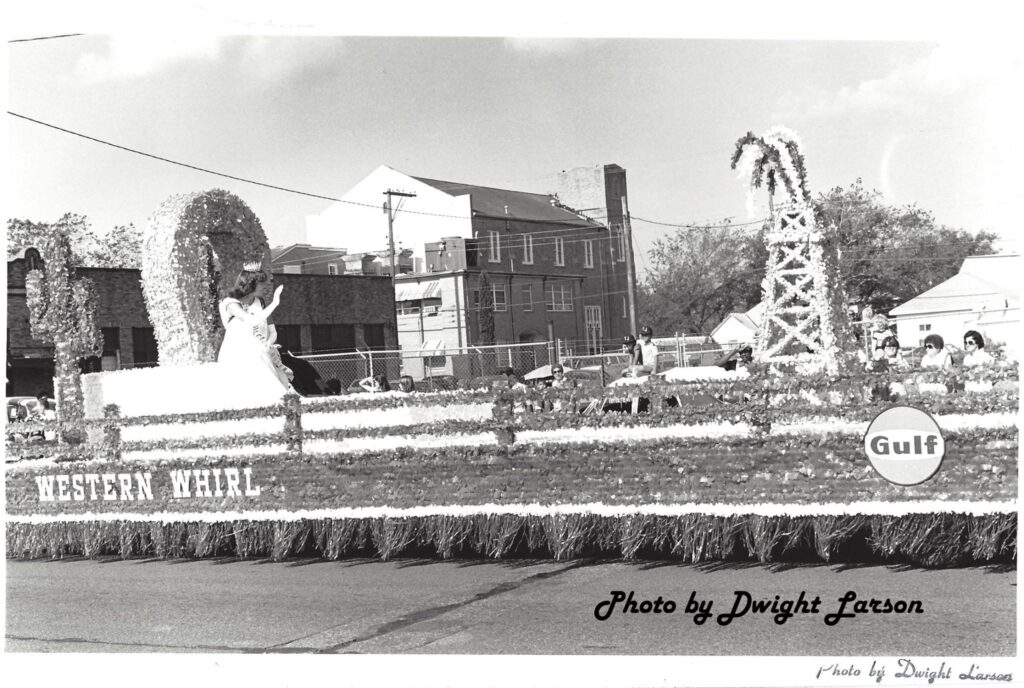
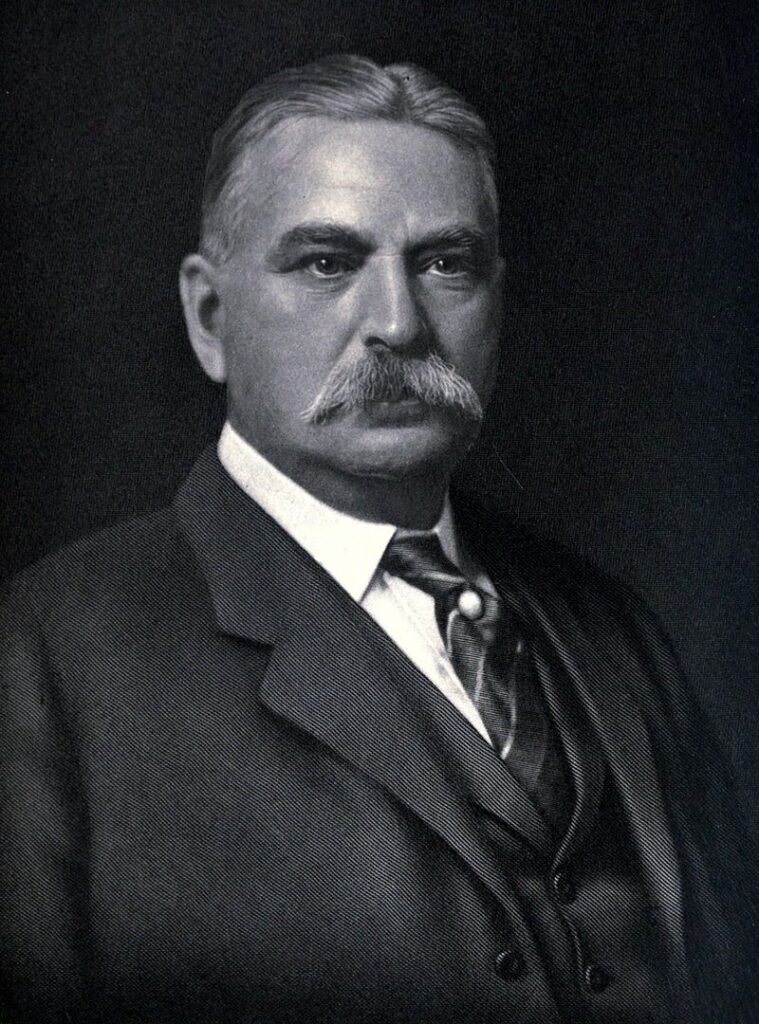
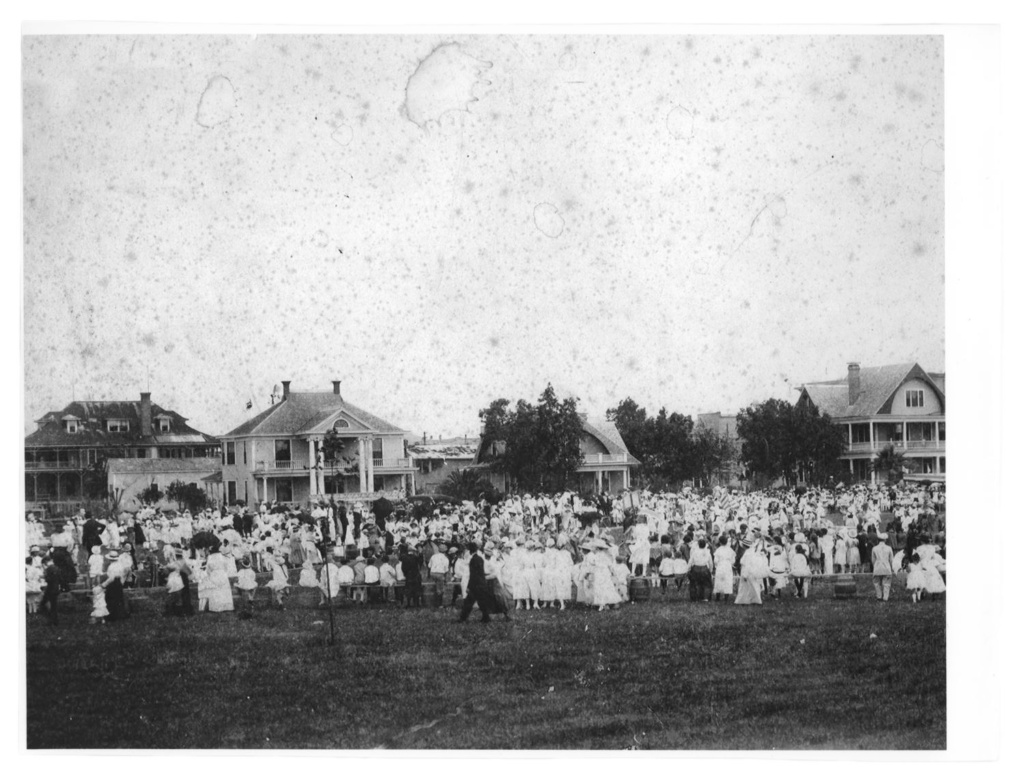
You must be logged in to post a comment.